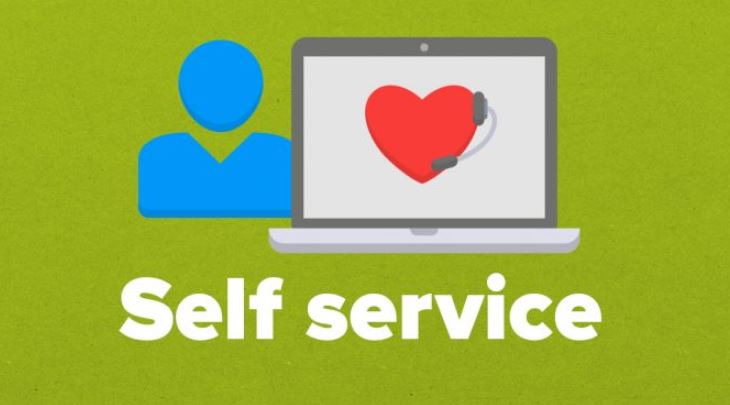Happy New Year!
It’s hard to believe that it’s 2019, isn’t it? Some of us probably remember 1999, then Y2K, and now…next year will be 2020!
With each year that passes, technology keeps evolving at an extremely rapid pace. The world is starting to embrace technologies such as Artificial Intelligence (AI), Machine Learning, and even tools such as sentiment analysis to drive actionable insights with compelling results.
First, let’s clear a few misconceptions up.
1) The contact center is not dead.
2) Human Agents will never be replaced by technology such as AI.
3) AI, in fact, will help humans be more productive at their jobs, not take their jobs away. AI technology, in fact, will add more humanity to customer interactions.

There’s a fantastic CX book by Matt Dixon and Rick DeLisi called “The Effortless Experience.” In the book, Matt says: “The role of customer service is to mitigate disloyalty by reducing customer effort.” This statement is simple and yet so profound. Sure, it’s a nice enough feeling to be surprised and delighted. However, those feelings doesn’t translate to repeat business with a brand. Simply put, the delight strategy doesn’t pay. In fact, having a delighted and/or satisfied customer doesn’t mean that they will continue to buy from your company.
Rick states that “If we look at the customer data, their clear preference is for organizations to simply solve the problem. There’s no customer need for delight.”

The numbers from CEB speak for themselves. 94% of customers are likely to repurchase after a low-effort interaction. 96% of customers are likely to exhibit disloyalty after a high-effort service experience.
This begs the question: What is a high-effort service experience?
Per Matt and Rick, the key sources of effort include:
-The need to contact a company more than once
-Being treated like a number or what’s referred to as “generic” service
-Having to repeat information
-The customer’s perception that it takes additional effort to resolve an issue
They go further into this “low-effort” service philosophy with 4 main principles:
1. Boost stickiness of self-service channels so customers don’t have to call the company if they want to resolve issues themselves online.
2. Use “next issue avoidance” practices by moving beyond first contact resolution to help reps head off the potential for subsequent calls.
3. Succeed on the emotional side of effort by teaching reps how to actively manage the customer interaction with psychological and behavioral practices that reduce the “feel” side of a
customer’s perception of effort, even if the number of things they have to “do,” or the complexity of the interaction, can’t be changed.
4. Reward quality over efficiency by giving reps greater control to manage individual interactions.
In conclusion, organizations that simply focus on customer delight are leaving money on the table. Make it easier to do business with your organization. This, in turn, will pay back in dividends in the form of repeat business.




thanks for this post, Jaime. This ties well into what I am teaching for years. It is not about exceeding customer expectations but about being consistent and true to the brand promise. One first needs to fulfil base expectations and can move on from there. Delight is at the very top. This is what I call the pyramid of customer expectations.
@twieberneit